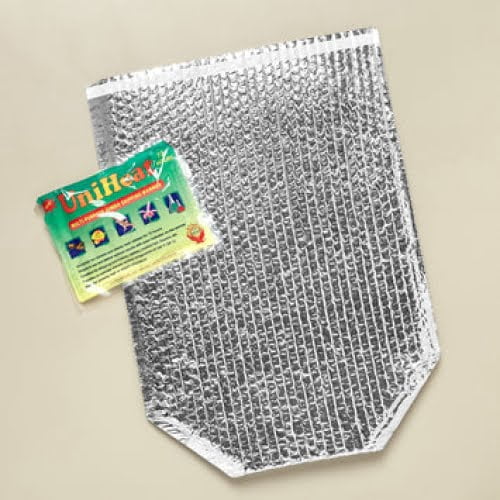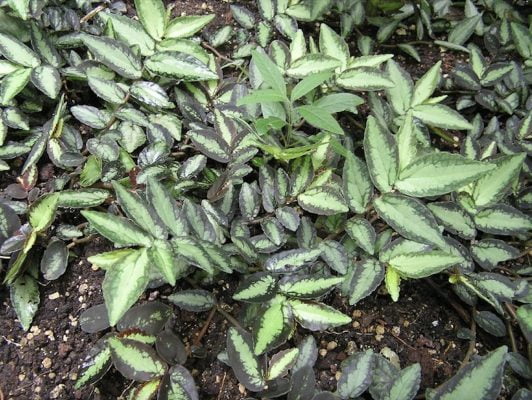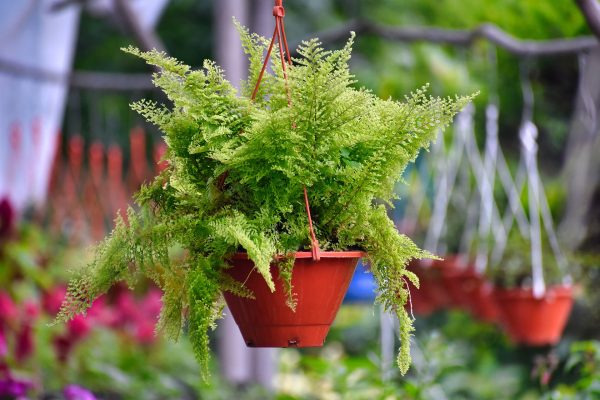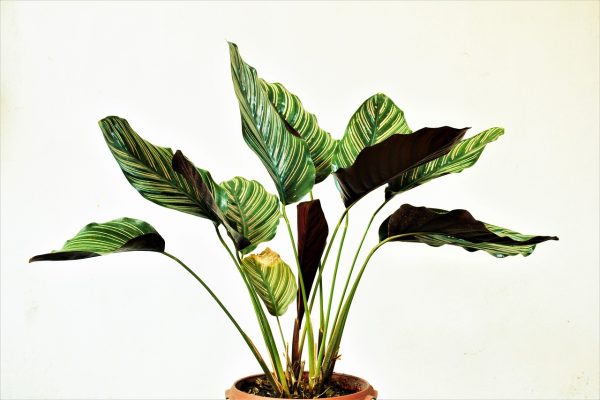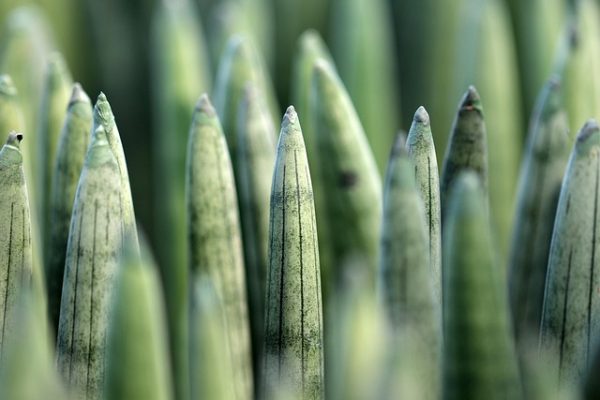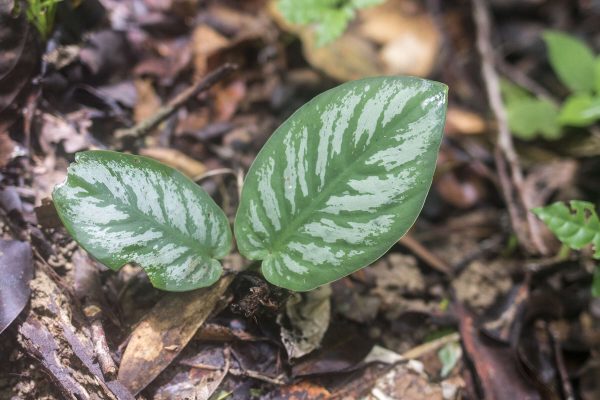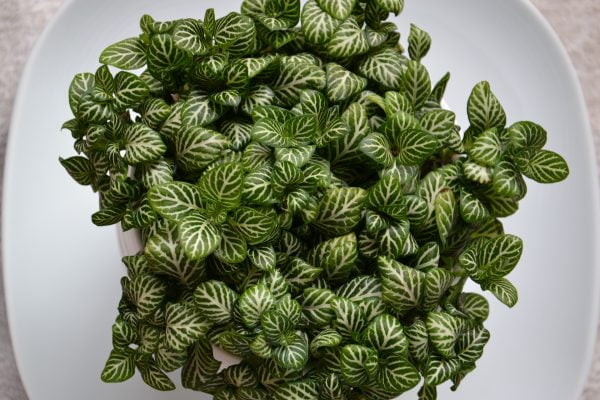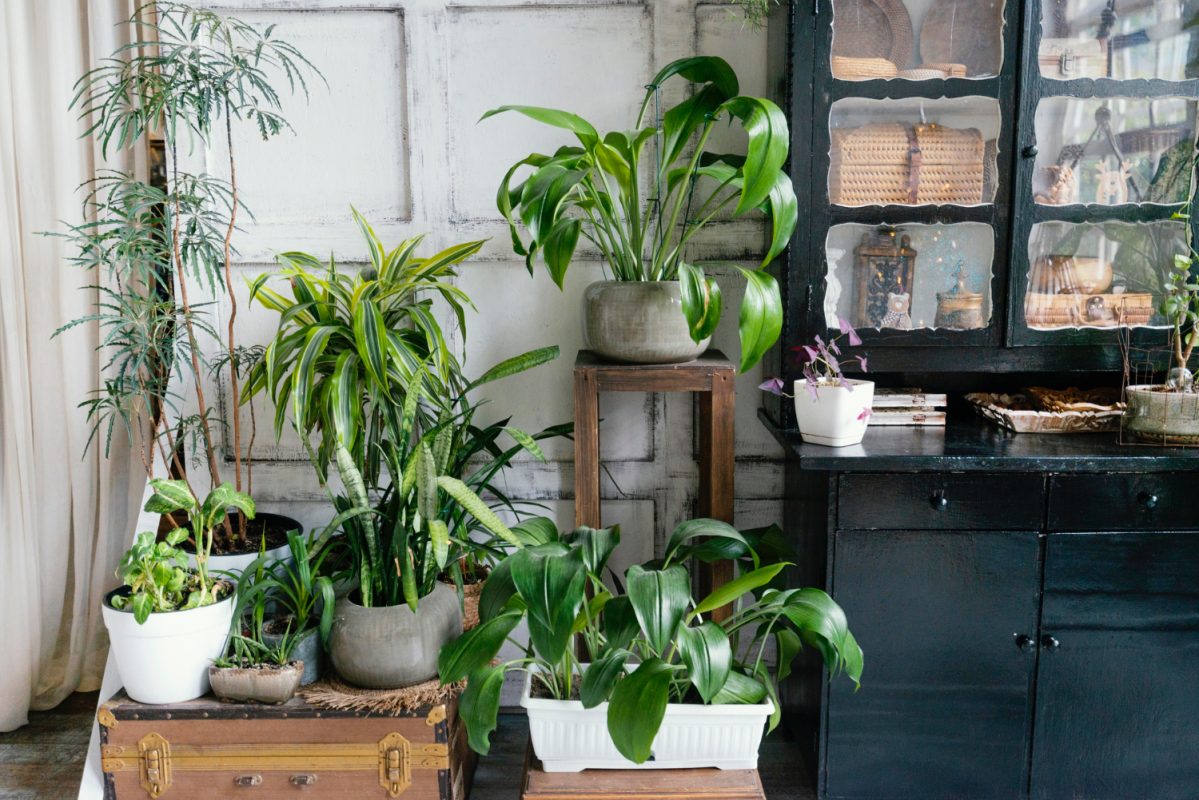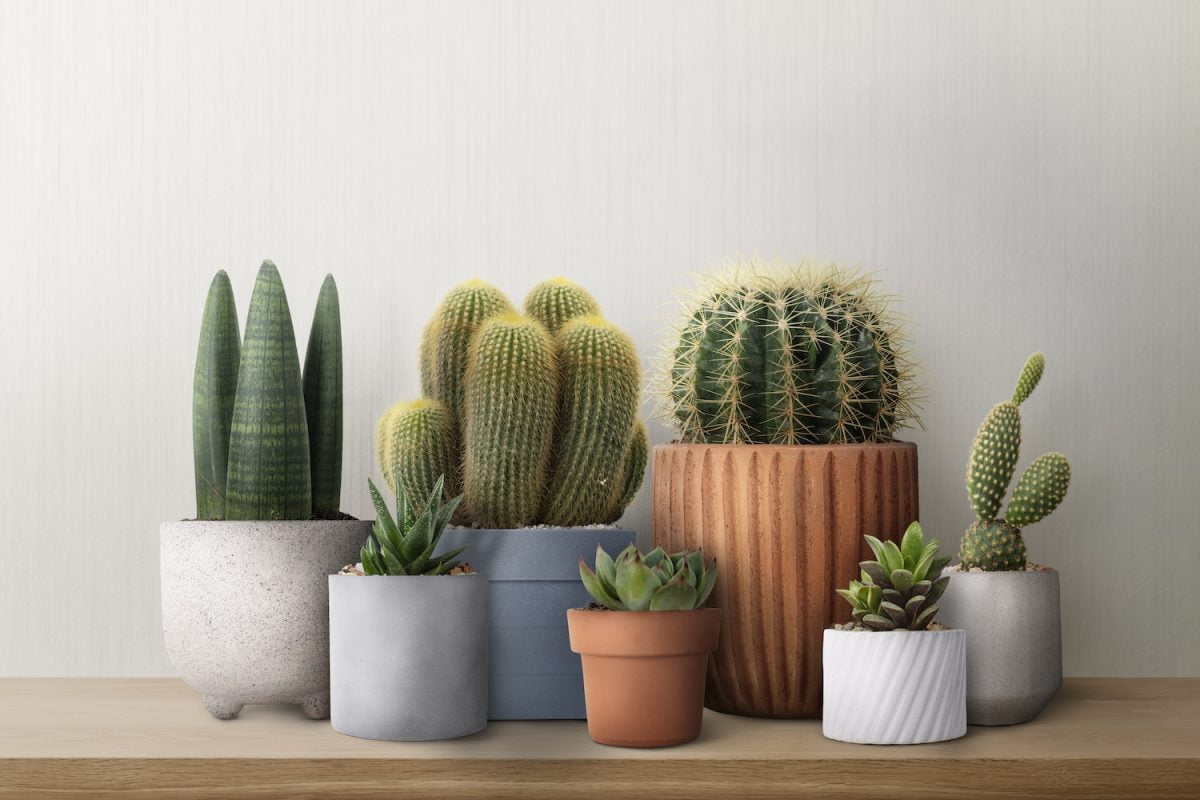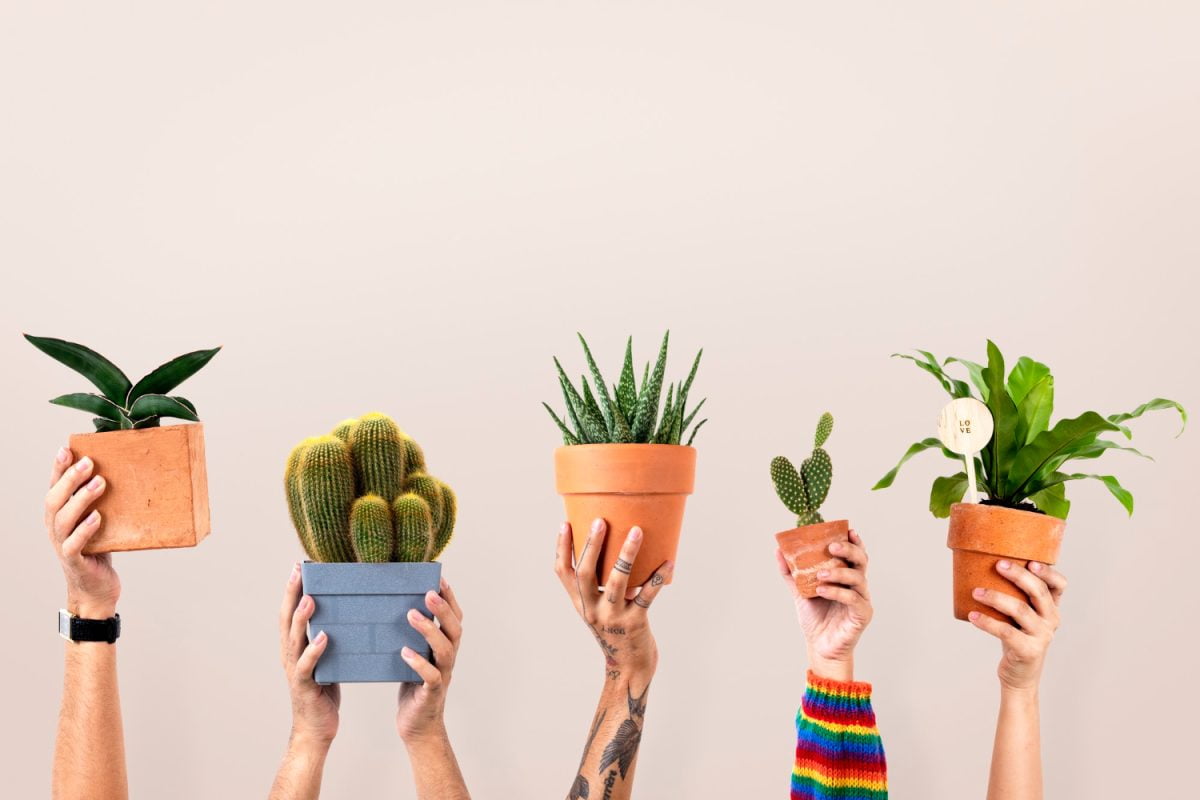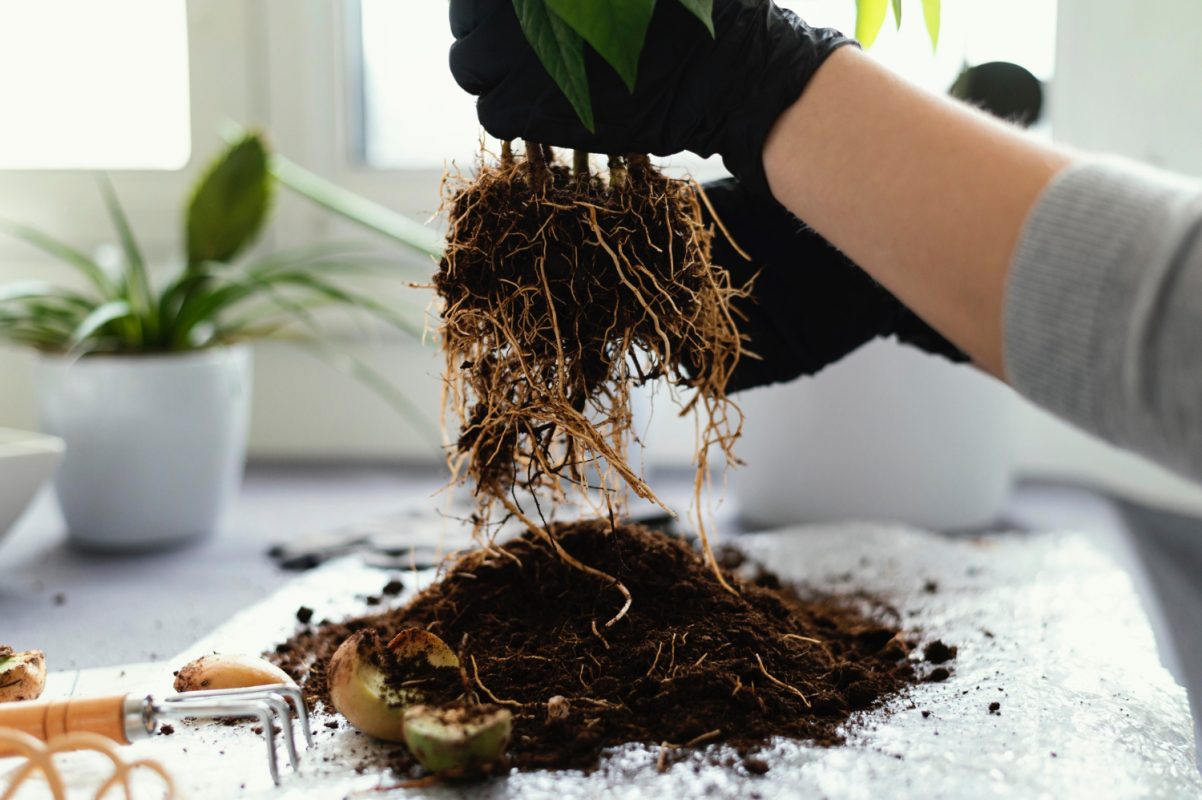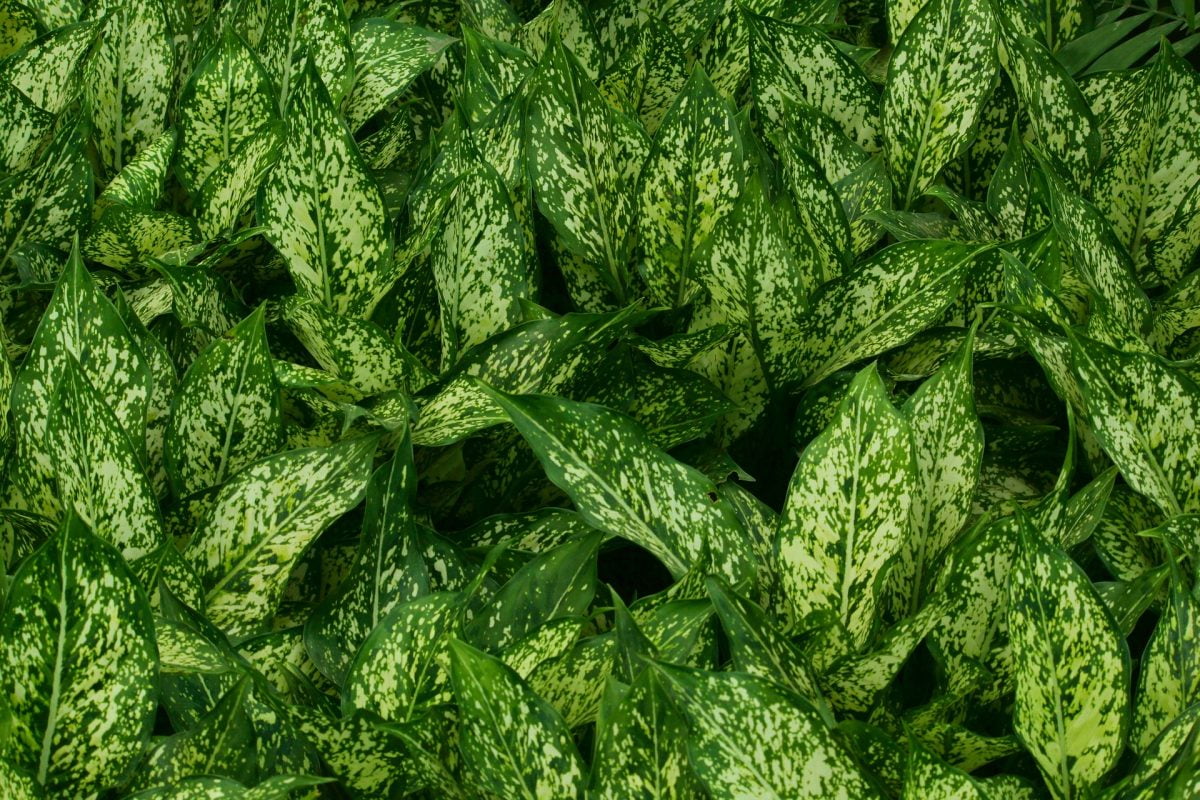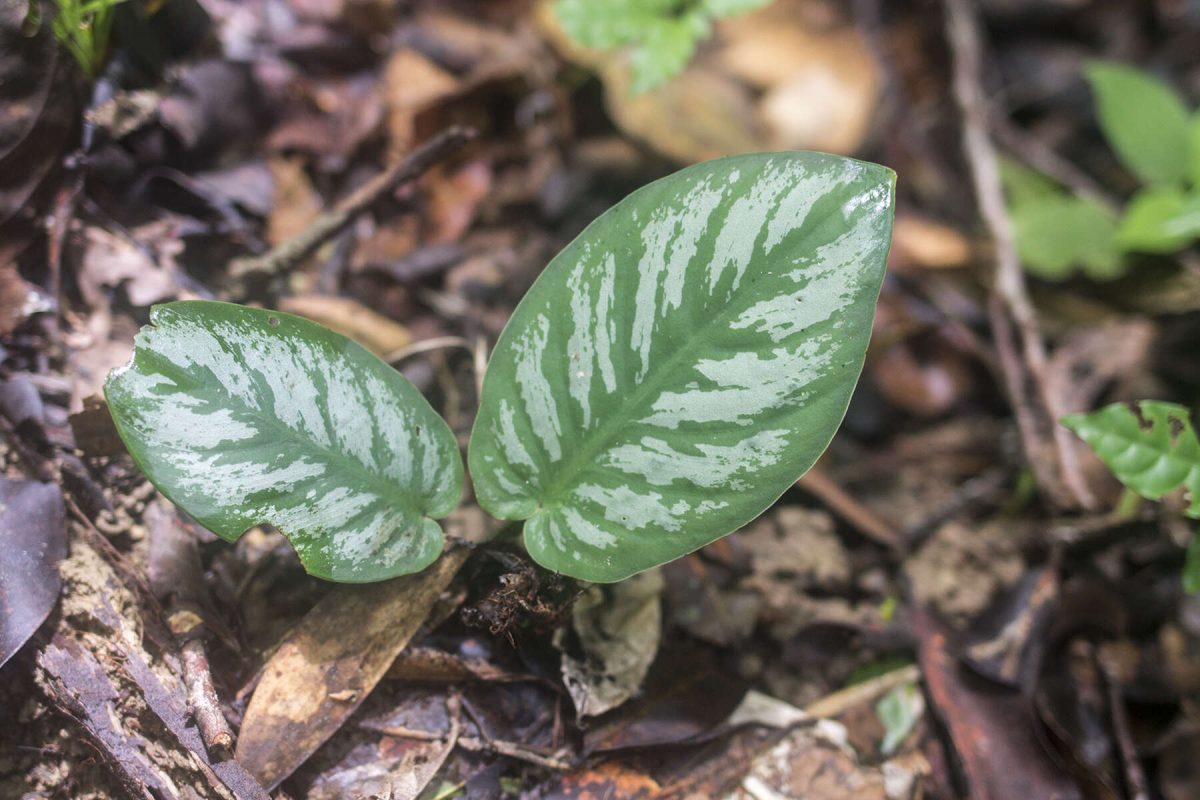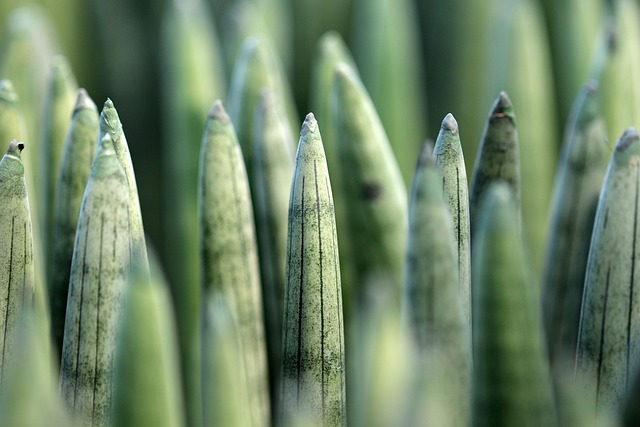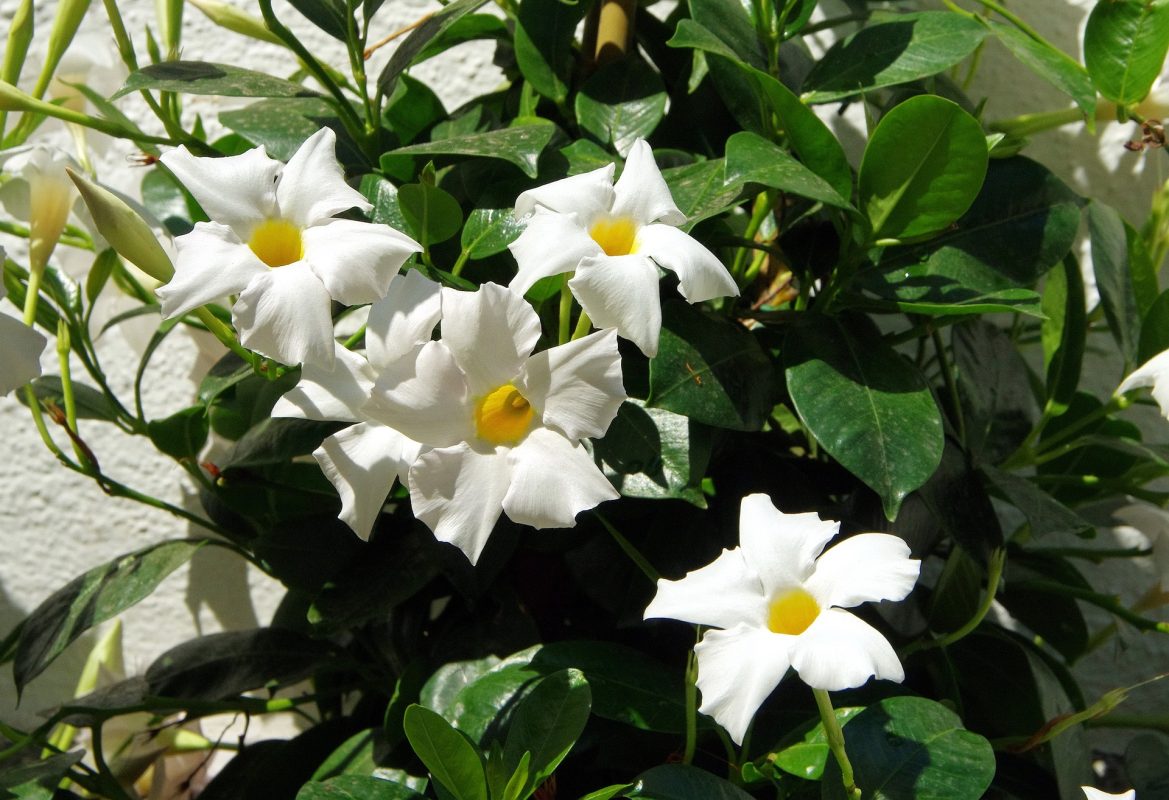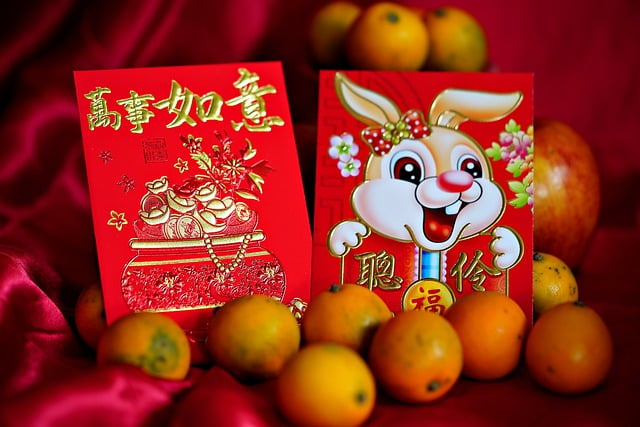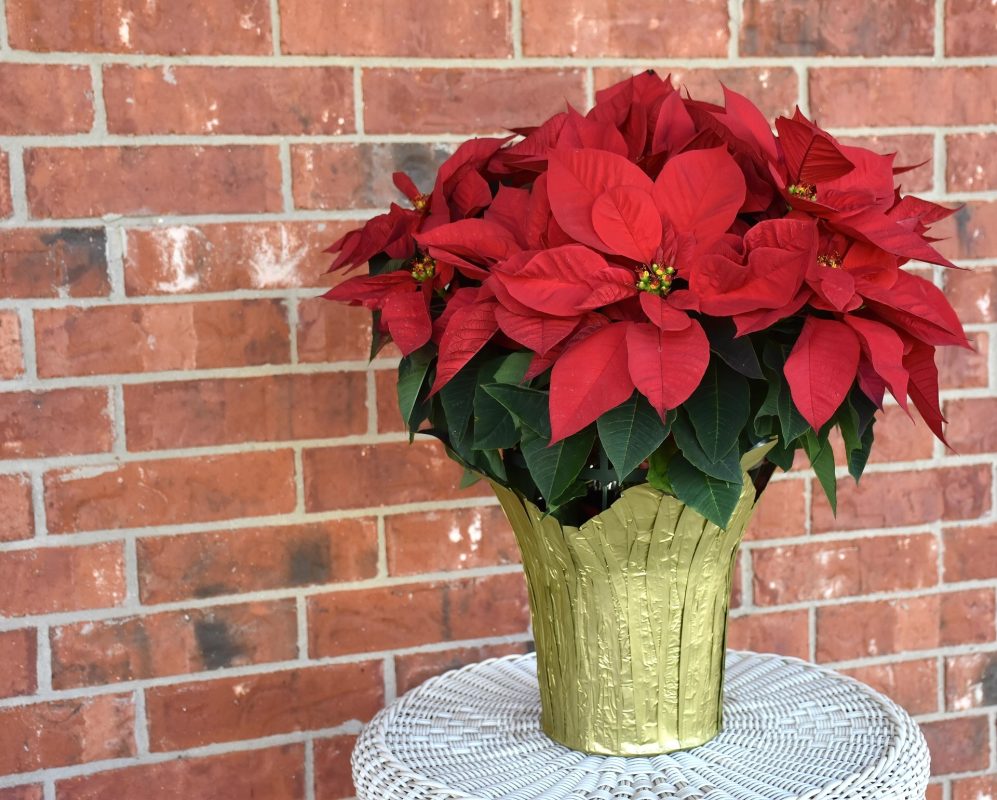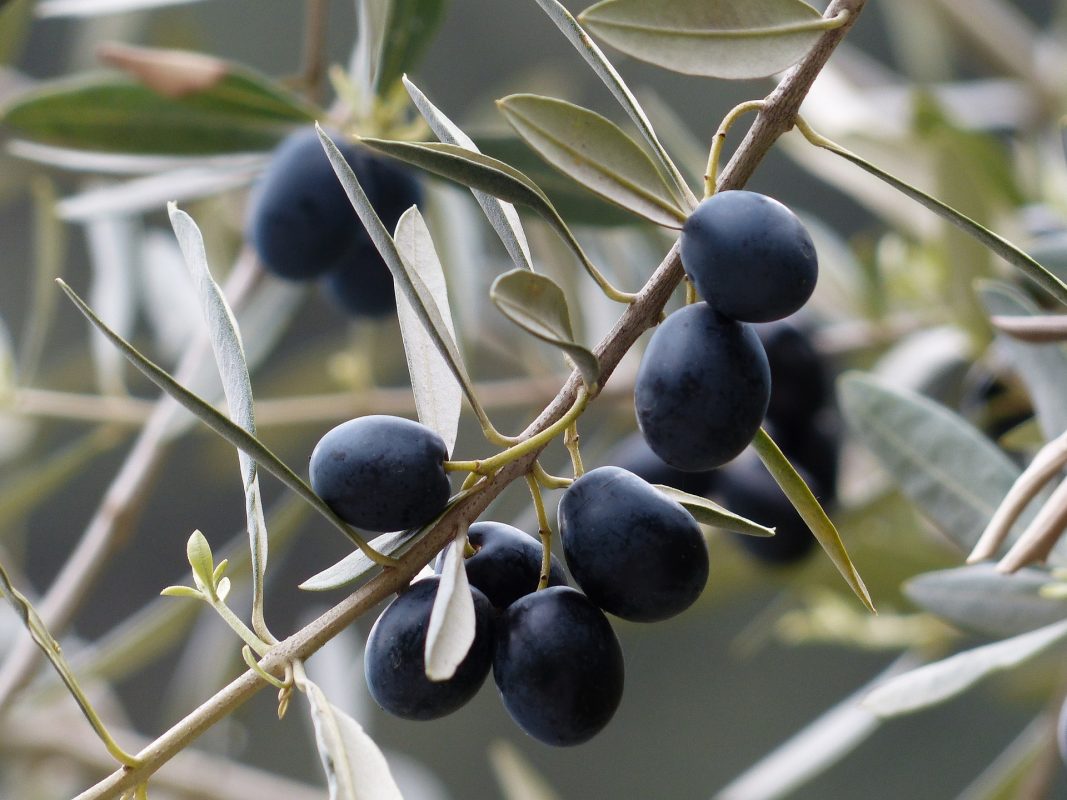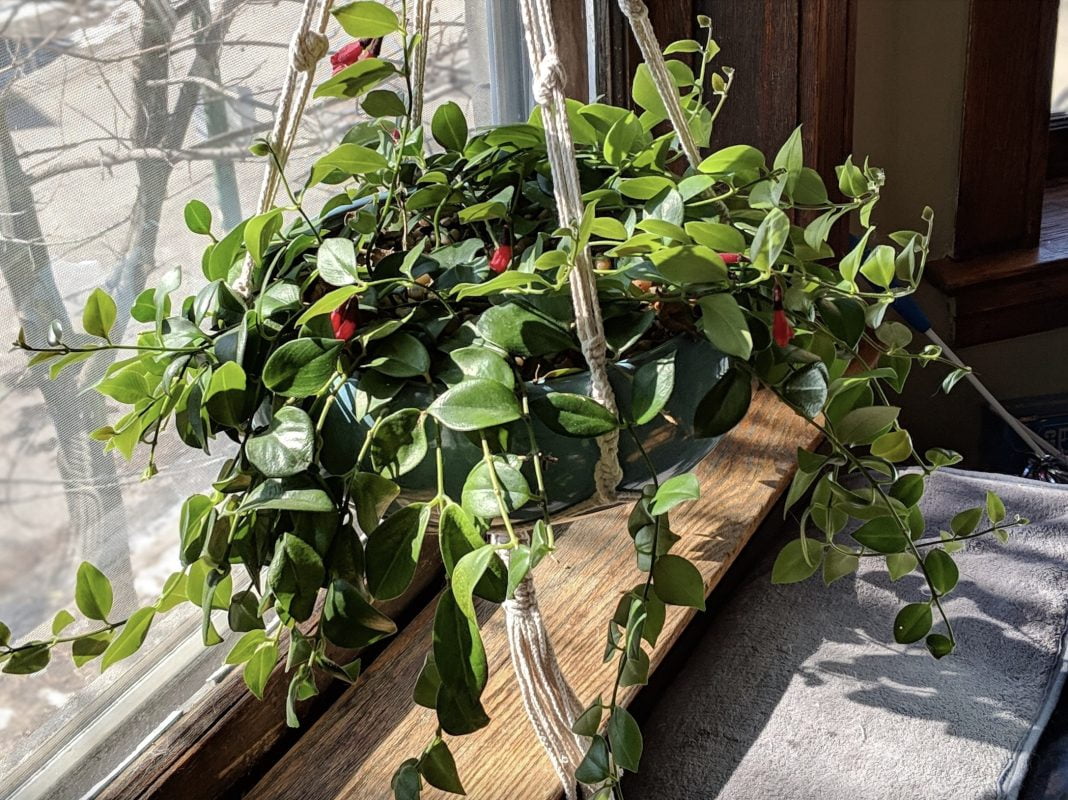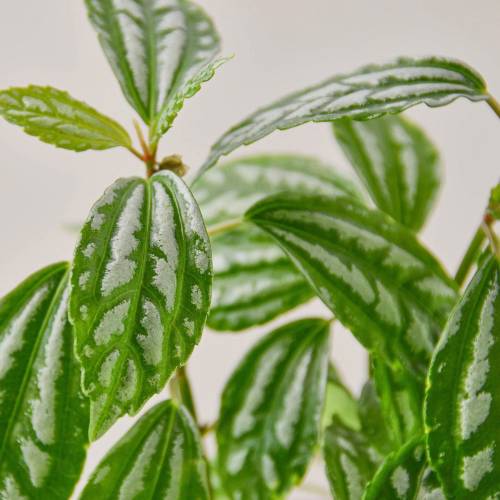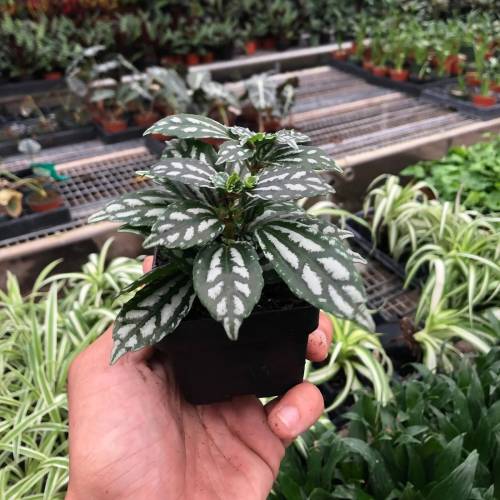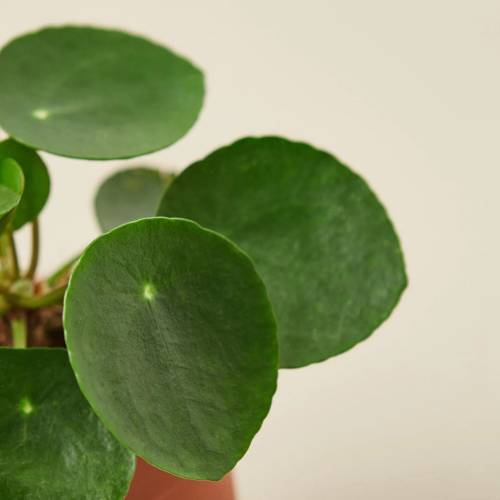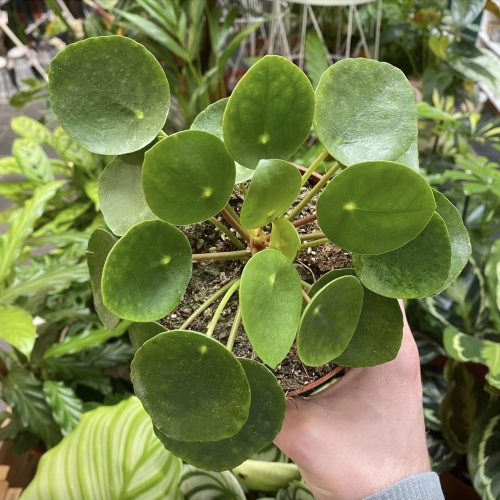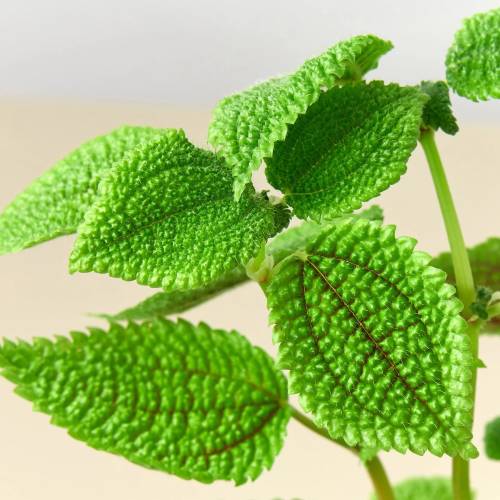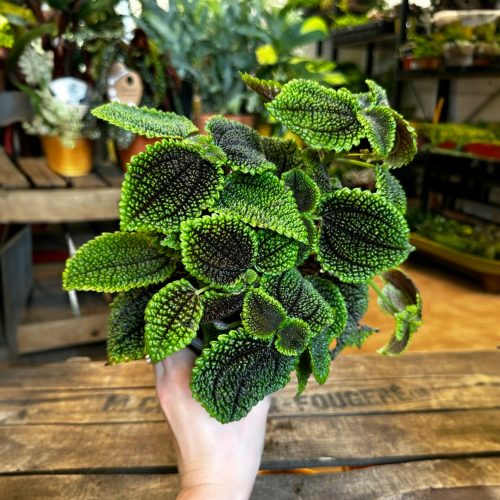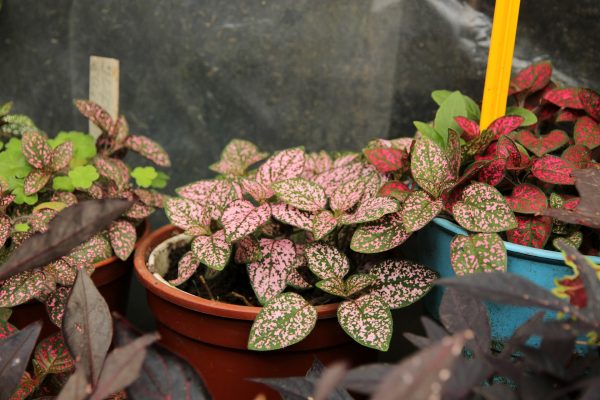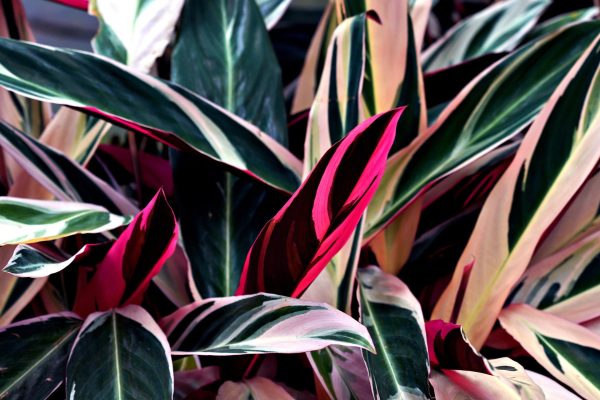Pilea, affectionately known as the Chinese Money Plant, charms with its distinctive circular leaves and quirky growth habit. This comprehensive care guide is your key to nurturing the unique elegance of Pilea, guiding you through the steps to cultivate these trendy plants, promote healthy foliage, and infuse your living space with the playful allure of this green gem.
I. Plant Overview:
- Scientific Name: Pilea spp.
- Common Names: Pilea, Chinese Money Plant, Pancake Plant
- Origin: Native to southern China.
II. Light Requirements:
- Ideal Conditions: Moderate to bright, indirect light. Pilea thrives in filtered sunlight.
- Tolerance: Adaptable to lower light conditions, but growth may be slower.
III. Watering:
- Frequency: Allow the top inch of soil to dry before watering. Water thoroughly and ensure proper drainage.
- Water Quality: Use room-temperature water. Avoid overwatering to prevent root rot.
- Humidity: Pilea adapts well to average indoor humidity levels.
IV. Soil:
- Type: Well-draining potting mix. A mix for tropical plants or peat-based soil is suitable.
- pH Level: Slightly acidic to neutral (pH 6.0-7.0).
V. Temperature and Humidity:
- Temperature: Maintain a moderate environment between 65-75°F (18-24°C).
- Humidity: Pilea tolerates average humidity levels but benefits from occasional misting.
VI. Fertilization:
- Schedule: Feed every 4-6 weeks during the growing season (spring and summer).
- Fertilizer: Use a balanced liquid fertilizer, diluted to half strength. Reduce fertilization in the dormant season.
VII. Pruning and Maintenance:
- Pruning: Trim to control size and shape. Pinch back regularly to encourage bushier growth.
- Cleaning: Wipe leaves with a damp cloth to remove dust. Remove any yellow or damaged leaves.
VIII. Repotting:
- Frequency: Repot every 1-2 years or when the Pilea outgrows its container.
- Procedure: Gently lift the plant, inspect roots, and repot in fresh soil. Choose a container with drainage holes.
IX. Common Issues and Solutions:
- Yellowing Leaves: Overwatering or underwatering. Adjust watering habits accordingly.
- Pests: Check for spider mites or scale. Treat with insecticidal soap or neem oil.
- Leggy Growth: Insufficient light. Provide more indirect sunlight for compact growth.
X. Display Tips:
- Showcase Pilea in stylish, decorative pots or hanging planters.
- Create a Pilea arrangement by grouping several plants together.
- Share Pilea pups (offsets) with friends for a delightful gift.
Caring for Pilea adds a touch of whimsy to your space. This guide empowers you to cultivate Pilea, ensuring these quirky plants thrive and bring their unique elegance into your living environment. Happy gardening!
our recommendation
you may also want to know



